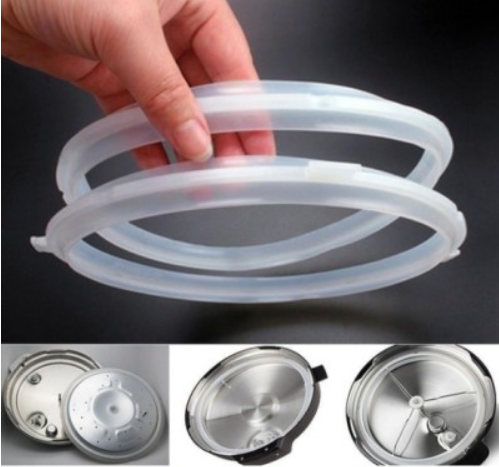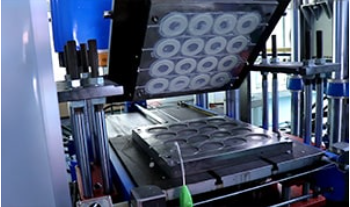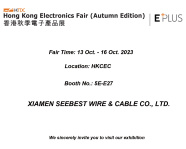The Ways of Silicone Screen Printing
Upload Time:
Jul 09, 2025
Silicone screen printing can be categorized into two primary methods: manual printing and mechanical printing. Each method has distinct characteristics and applications, depending on production requirements, precision, and efficiency.
Screen printing is a versatile and widely used technique for applying silicone-based inks onto various substrates, including textiles, medical devices, and electronic components. Based on the printing process, silicone screen printing can be categorized into two primary methods: manual printing and mechanical printing. Each method has distinct characteristics and applications, depending on production requirements, precision, and efficiency.
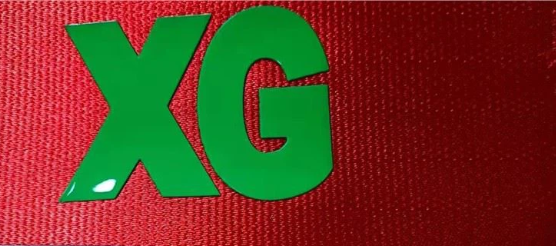
1. Manual Screen Printing
Manual screen printing relies on human operation, making it suitable for small-scale production, prototyping, or applications requiring high flexibility. It can be further divided into:
1.1 Walk-Around Printing (Walk-Through Printing)
In this method, the operator moves around the printing table to align the substrate and manually applies ink using a squeegee. Walk-around printing is ideal for large or irregularly shaped products, such as automotive parts or industrial components.
1.2 Stationary Printing (Fixed Printing)
Here, both the screen and substrate remain fixed while the operator manually controls the squeegee movement. This approach is often used for smaller, more precise prints, such as medical implants or electronic circuitry.
2. Mechanical Screen Printing
Mechanical printing enhances efficiency and consistency, making it suitable for medium-to-large production runs. It can be classified into:
2.1 Semi-Automatic Printing
Semi-automatic systems involve automated screen and squeegee movement, while substrate loading and unloading are performed manually. This method balances cost and productivity, commonly used in apparel printing and promotional product manufacturing.
2.2 Fully Automatic Printing
Fully automatic systems integrate robotic handling, precise registration, and continuous ink application, minimizing human intervention. This method is preferred for high-volume, high-precision applications, such as printed electronics or silicone keypads.
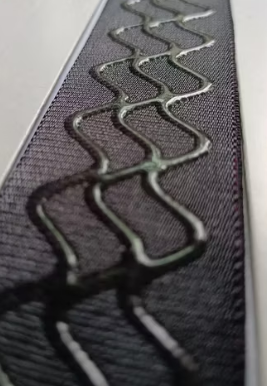
The choice between manual and mechanical silicone screen printing depends on factors like production scale, precision requirements, and budget. Manual methods offer flexibility for custom or low-volume jobs, while mechanical printing ensures efficiency and repeatability for mass production. Advances in automation continue to expand the capabilities of silicone screen printing, making it a vital process across multiple industries.
Relevant News

